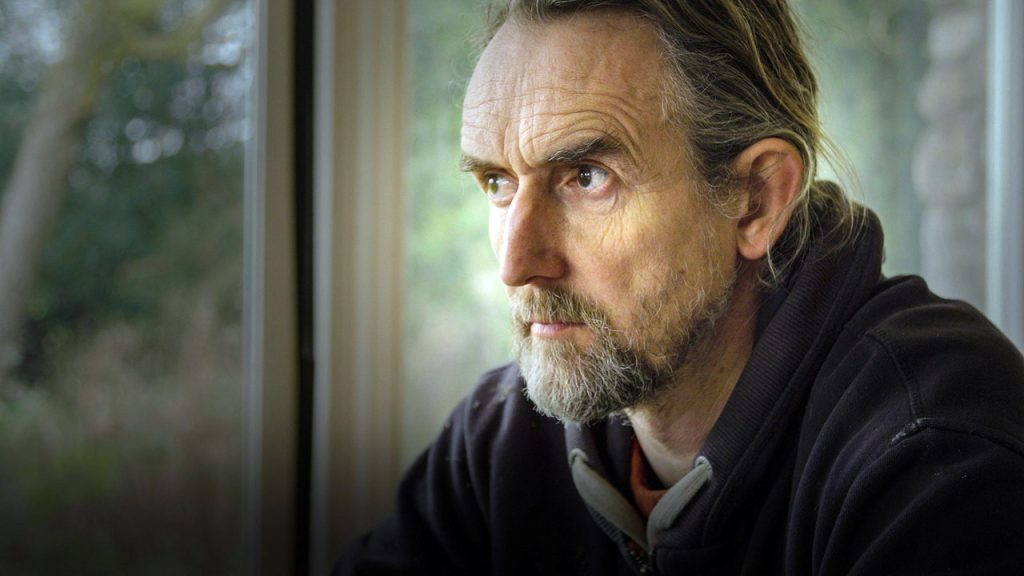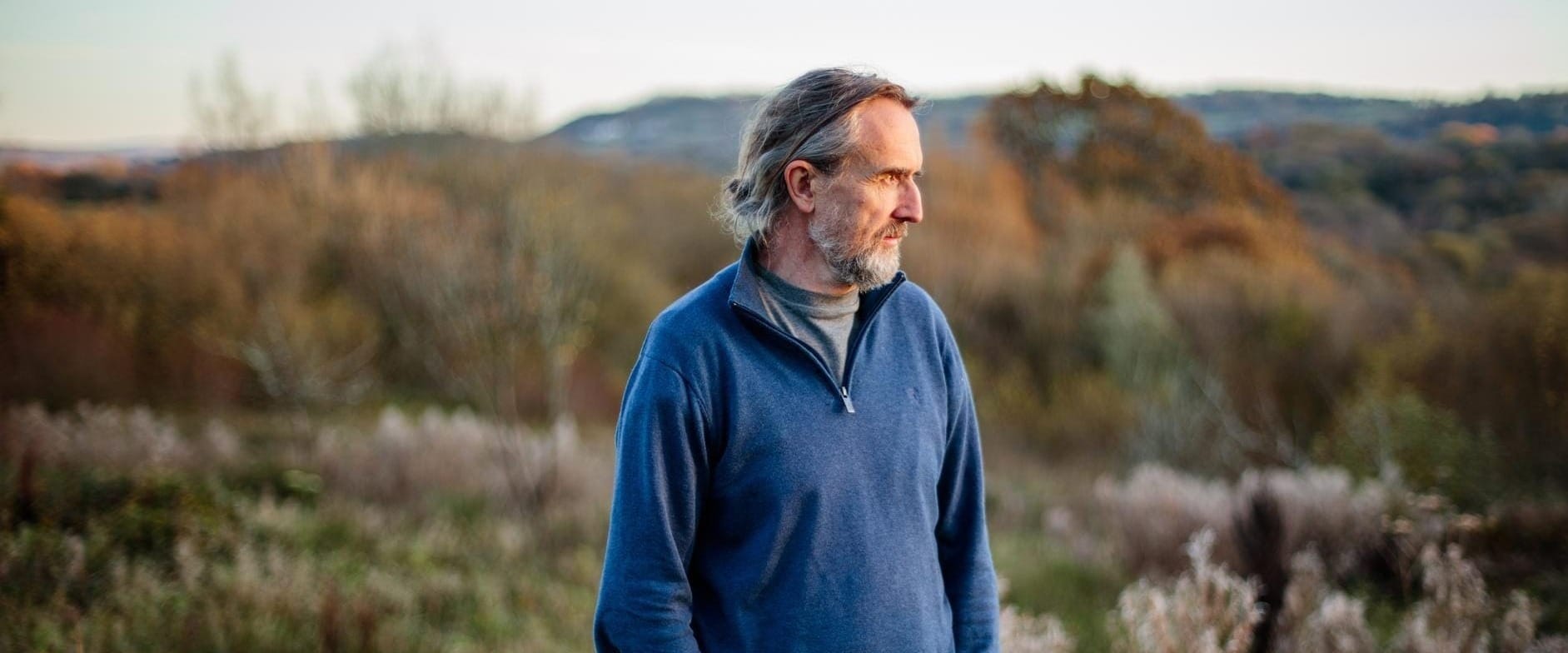🕊️ The Last Relation: Peace and War
What if the biggest threat to the revolution isn’t failure—but victory, followed by invasion?
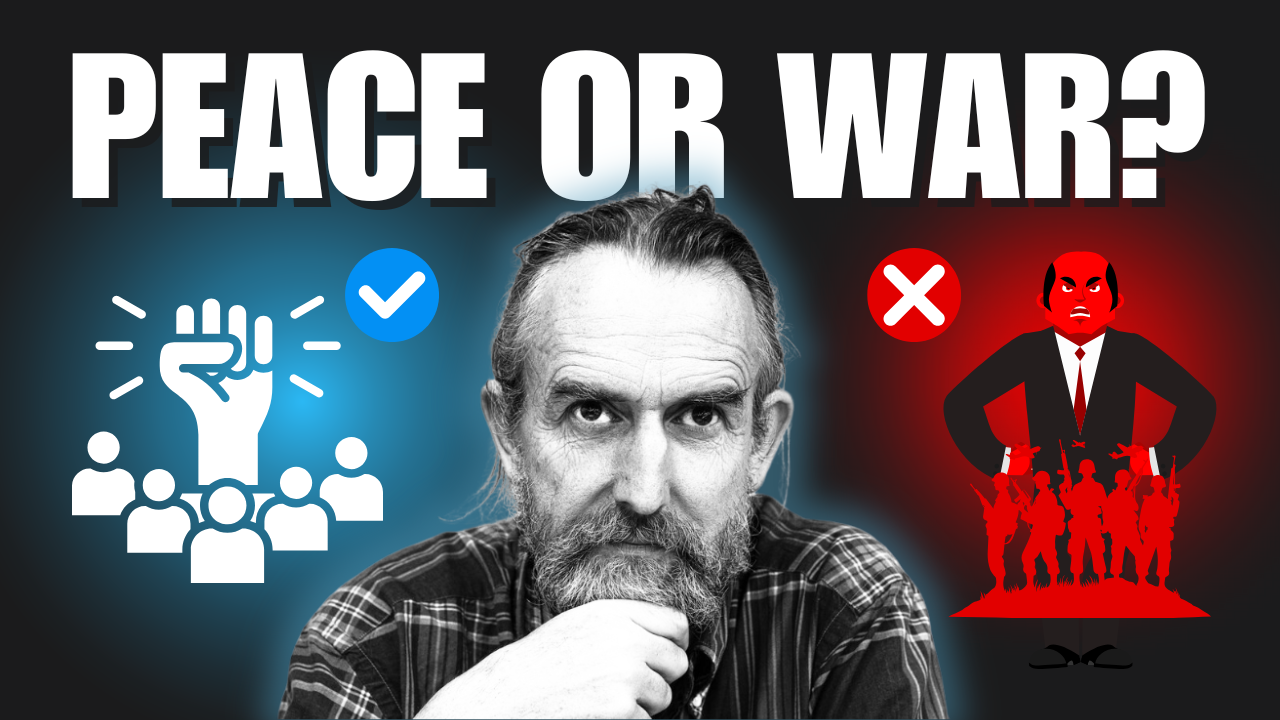
You Can Also Watch the Video Version of This Essay
There is plenty to talk about at the moment:
- The whole Trump situation.
- The worst-ever news on the carbon sinks.
- The getting into gear of plans for a new global movement to remake the world, coming out of the coming collapse.
We all have the feeling that the ground beneath our feet is starting to fall away, that time is speeding up. So it might seem strange to be taking time out, as you might call it, to look at something that seems abstract, far off, and maybe a little bit over-intellectual.
My excuse, I suppose, is that having written two books on the vital here-and-now stuff—about my trial last year, about assemblies, and the strategy of regime change—I feel like I could or should, during the last few months in prison, focus on something that aims to complete the grand strategy we need to present to people over the coming months and years.
The core idea here, as I've been saying for a while, is that we need to move beyond crisis management mode and towards being able to map out and promote the transformative vision of the future we want to create. In other words, we need to make it real, credible, and coherent. We need to provide the details, and it therefore has to cover the whole situation.
The historical analogies here are Christianity and communism, whatever their pros and cons. We cannot deny that these worldviews were massively successful, and this was because they provided people with a full and positive vision. They had answers to the big questions. And say, we also need to provide answers to the big questions because, as we're all aware, our opponents—the surge of fascist ideologies we see all around us—have no qualms giving big pictures and big stories to get people on board.
Step by step, old liberal reformism will not cut it. The centre is not going to hold. Those days are gone.
If there is one thing we can be sure about, it is that the massive material disruptions, which are now locked in, will create a deep psychological and spiritual fluidity. The old will become totally discredited, and people will be looking for a new big story. This is what Christianity did during the crisis of the fall of the Roman Empire, and what communism did in response to the turmoil of global industrialisation.
And so, it really, of course, comes down to one-liners. Jesus offered forgiveness from God for our sins; communism offered control over the means of production; what we are offering is rule by the people, for the people, via assemblies and civil resistance.
All three messages are similar. They respond to the core human need for meaning, for community, for equality, and for justice—to be that humanity we sense we already are but has yet to come into being.
In our work so far, we have been mapping out the details of how to mobilise people around assembly projects (what's called the inside track) and civil resistance (the on-the-street stuff, the outside track). This then leads to dual power arrangements of national assemblies and, in the coming revolutionary moments, the taking over of national decision-making from discredited elected parliaments and political dictatorships.
We plan for a tipping point to happen in one or two countries first, and then to cascade through other states as our global movements go into action, having prepared for such historical moments.
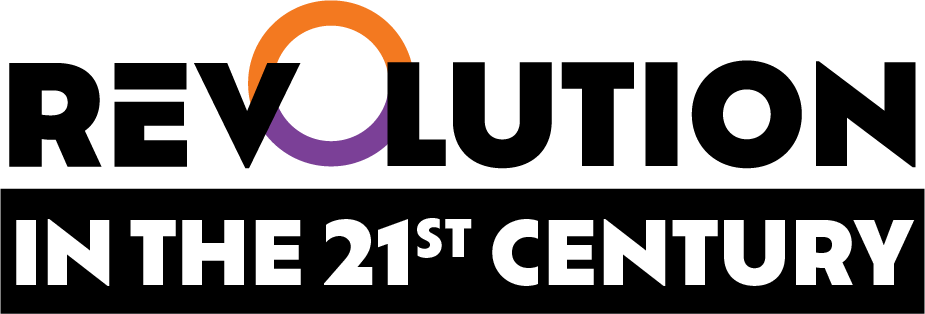
And all this necessarily has to be held within a new culture of respect, service, and trust—a deep new humility in recognition of the total mess that we have created for ourselves and future generations.
There is then a core element of redemption, a salvation after the fall, that characterises all moments of traumatic crisis. We are bringing back together the secular and the religious by putting the process of transcendence back at the centre of our culture.
So far, so good. There's lots of work and co-creation to be done as we go out and spread this message, but it feels like we're starting out on our way.
There is, however, a catch.
What I want to talk about here is what sometimes happens when you play Blackgammon. I don’t know if you know the game, but you have to get all your pieces off the board. Sometimes, if you don’t watch it, one of your pieces gets blocked by the opponent’s pieces, and just as it looks like you’re going to win, things turn around and the other side wins instead.
What I mean is this: we have a series of international crises, we have our classic civil resistance uprisings, new regimes emerge, and cultures of cooperation go into action. It’s all inevitably messy, but it’s looking good—it’s broadly going to plan. And then, yes, you get invaded. If you know your revolutionary history, you know this is more or less the norm.
Think about the classical revolutions: the British army arriving in America, the invasions of revolutionary France, the foreign forces supporting the Whites in the Russian Civil War, the Japanese in China. And it does not stop. In a way, the Russian invasion of Ukraine is really a response to the democratic revolutionary moments in that country over the past 20 years.
Thinking concretely, we can easily see Russia, China, or for that matter any reactionary middle-sized power like Turkey or Iran, marching into its backyard to put down any signs that people are getting to rule themselves. And never say never—the US suddenly seems to have schemes on Canada. Things can and will change quickly.
So, all too often, revolutions look like they’re broadly doing their thing, bringing about liberation and freedom, and then it all turns back into ugly tyranny because they get invaded. And the default response is to go to war.
We need then to have an alternative to this temptation, and we broadly have the answer: civil resistance. We can bring in history and sociology to show that it works. As the phrase goes, the stats, for instance, are available. The seminal study Why Civil Resistance Works, looking at 300 case studies since 1917, confirms that civil resistance is more effective than violence—not just in overturning regimes, but at resisting invasions.
There is a rich and extensive literature on why this is the case: the power of mass participation, the backfiring effects of repression, the appeal to international support, the culture of inclusion and democratic practice that creates the ground for pro-social outcomes after overcoming the opponents.

But my main point is this: we are not going to change deep cultures of violence by just quoting stats at people, important as they are. If we have learned anything in the last few years, it is that people are subject to deeply ideological prejudices and irrationalities, which need to be understood and directly confronted.
Take, for example, the situation in Ukraine. No doubt a few of you have probably thought: why is there no public debate about the third option, beyond a continuing slaughter of war or an unjust peace imposed by Putin and Trump? Why is no one talking about civil resistance, given that, as we know, it works, or at least has better odds of success than violence?
Well, the reason has to be culture. We say we’re against violence, but some violence is culturally acceptable. Our received culture seems to think it’s fine if people kill people and get killed when they are invaded. And this can happen on a massive scale. But if you suggest that people get killed in civil resistance—sitting in front of tanks, going on hunger strike, and such like—you know the reaction. It is seen as hopelessly idealistic or just plain stupid.
This was brought home to me recently when I re-read How to Blow Up a Pipeline, which you may know promotes a strategy of sabotage and violence in response to the climate crisis. As well as not being able to understand good statistical analysis, the author also reveals something a lot more important: he indulges in the move of saying that nonviolence would be a ridiculous thing during the slave trade period because refusing to work and such like would just get you killed. Turn over the page, and you find him idealising slave revolts, which, as a matter of historical fact, were equally unsuccessful, and in addition, would—and did—get a lot of people killed.
What is going on here is not an objection to death per se, but to certain types of death. The issue is not rational; it’s aesthetic. Being killed by killing is okay; getting killed sitting on the road is not.
What is going on here is a deep patriarchal bias toward violence in response to violence. Men who kill and are killed—it takes on an idealised, mythical form outside any context. There is no place in this myth, for instance, for the old, the young, or for women. There is no value in being vulnerable. There's no cycle of birth and death. This is man versus man outside time and space. It is, then, a pathological mania, a deep trauma passed down from each generation of men to the next generation of men, and of course, bought into by the rest of the population.
If our revolutions are to succeed in avoiding collapse into the total hell of modern war, we need to be able to provide a very different story. In other words, this is not about what works. It is about what it is that we are, what we have to become to survive the next hundred years of human existence.
This is why this book and writing really deal with foundational questions: what it is to know what is called a pneumatology, and what it is to be metaphysical. I build upon the two most important works I’ve read while being in prison: John Milbank’s Theology and Social Theory and Ian McGilchrist’s The Matter with Things.
The plan then is similar to an approach to becoming happy: you do not attain happiness by trying to be happy, by approaching it directly. Rather, it comes from a focus on living in a virtuous and wise way. Happiness, then, is a by-product of attending to something else more important. Similarly, success in civil resistance is not attained by trying to be good at civil resistance, by approaching it directly, but again comes from a focus on virtue and wisdom—from a deep understanding about what it is to know and what it is to be.
To know then does not mean just knowing in a materialistic, reductive way that this is this and that is that, on the basis of some scientific evidence, and that is the end of the matter. This is the way that our cultures force us to think about what it is to know. But knowing is, in fact, pluralistic. It comes from intuition, through participation in the world, from action and practice, from a focus on the nature of the infinite as well as the finite. It is emotional and embedded. It comes up and through us, and yes, it inevitably requires leaps of faith—a decision about what you are going to believe. All these ways of knowing are as important as each other.
And to understand what it is to be is to realise that there are not things, but processes. That reality is not about static slices of stuff, but seeing interactive flows which are infinitely complex. The whole then is greater than the parts. There is then not just one way to be something, objective reduced to a solid set thing. Being is a lot of different ways of being, all at the same time.
Our stress then comes not from an objective reality, but rather it comes from getting attached to a rigid, single picture of reality, from seeing things just on one plane. Stress comes from forgetting we are always already situated in a world of fathomless depths. I recently read that the human body includes 5 trillion organisms—something like that. To be honest, I can’t remember the precise number, but it is a lot. All these entities have cognition and purpose. They all operate on the edge of chaos, but somehow form an order which we call life. If they didn’t do this, you would be dead in no time. And this great flow of life in which we are embedded has been going on continuously for billions of years. It is difficult to think about this reality without feeling a deep humility about being situated in all this immensity, for that little while that is our own lifespan as a conscious being.
The practices of engaging in this new sense of reality—and there are many ways it can be done—create the transcendence which, in turn, creates fearlessness. And it is precisely this fearlessness that will create the new world that will drive a sustainable and successful civil resistance. This, then, is how the transformation is going to work. If it is to work, culture comes first, and then all the politics afterwards.
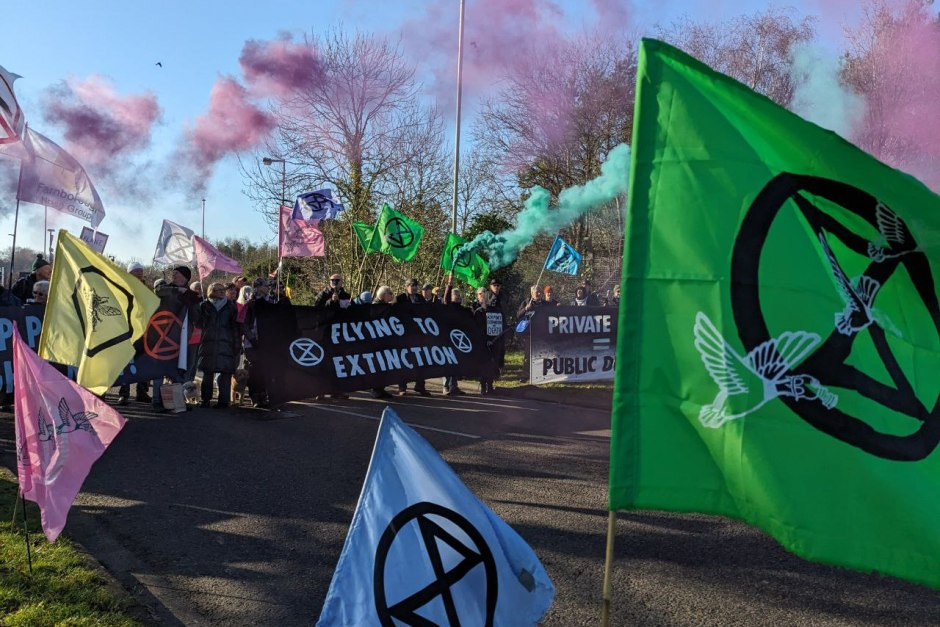
So, when you sit in the road as the tank comes towards you, in fact, there are at the same time a billion other things flowing along other than the road and the tank. It is always a matter of choosing your focus. There are plenty of books about this, of course—apart from the two I’ve mentioned. It’s not like we don’t know what I’ve just been saying. On many levels, we do know.
I've read about 70 books while being in my cell. It's basically all I've been doing, and I'm more persuaded than ever that all the knowledge is already there—the visions, the perspectives, the plans for the new world we have to bring into being. The problem is not with knowledge, but with wisdom and the fact that wisdom can only come through raw experience, not by reading books.
In other words, what we need to do is to create the trainings, practices, and rituals that enable us to grow in wisdom through action. In other words, real change comes from the realness of pain and suffering. As we all know from our personal experiences, there is no substitute for going out and living our lives.
All these activities, this process of self-purification, as it used to be called, have to happen on many levels at the same time. We have to engage in individual practice, such as daily meditation or prayer. We have to learn to work in teams, acting together and supporting each other. We also have to build organisational cultures and structures. And last but not least, we have to go out and confront the dying world and accept the consequences of creating disruption. We have to bear witness and not stand by.
This starts, then, with a commitment of a few hours a week. This starts with a commitment of a few hours, then it moves to working part-time, and then making a full-time commitment. It involves a process of giving up and letting go of our material stuff and our social status—all that. It is, of course, painful and scary, and it has to be done.
This is what we're being called to do. This is what all of this means. And this then is where Rev21 comes in. This is our task: to be a catalyst for designing and propagating the experiences and thus learnings that enable us to act out of love rather than fear; to let go of our material supports and enter into resistance without bitterness, attachment, or an outcome focus. To do it, in other words, as a way of being.
You may have noticed that I've been broadly fine being in prison for this year. Of course, I've had my off days, and nothing is for certain, but I'm not complaining. After all, this is the way it is at this point in history. But my calmness comes from 10,000 hours of practice over the past decades, and the thousands and millions of people who have resisted with a sense of grace throughout history have attained their sense of peacefulness through years of practice. It doesn't just happen.
Many of you will know that both Gandhi and Martin Luther King, and their followers, planned to create nonviolent armies—thousands of people trained and experienced in civil resistance, primed to act together to do what it takes to bring in the new world.
This, then, is the project in the coming years, across countries and continents. The upshot then is there's no time to lose. Of course, we have to institutionalise these practices. Over the past few months, Rev 21 has moved into gear on all this, and we are now ready to go. We are looking for many more people to promote the various projects and practices, and this needs organisation and funding, and to be massively scaled up. We do know how to do it, and it has to be done.
All our relations then need to be transformed, including the last relation: our relation to the prospect of invasion and war. We cannot just believe in peace. We have to become peacefulness itself.
Find out more and get involved at https://rev21.earth/.
